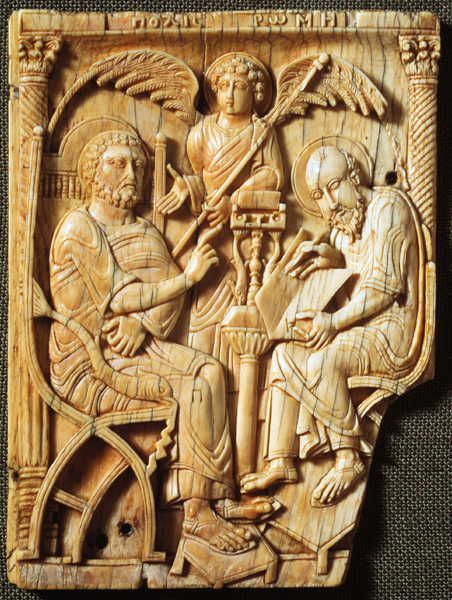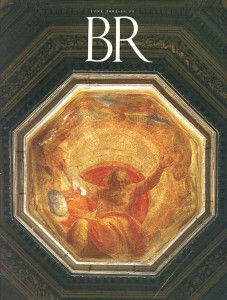
In 1995, I discovered a lost gospel.
Well, stumbled over it might be a more accurate description. I was working in the Berlin Egyptian Museum, reconstructing an ancient papyrus codex. In the museum’s storage area I chanced upon a few fragments of a manuscript written in Coptic, the ancient Egyptian language (second to seventh century A.D.) written in Greek letters. I was struck by a beautiful sheet of parchment (animal skin prepared for writing) and the scribe’s elegant uncial handwriting (not cursive, but separate, carefully executed capital letters). This was clearly no love letter or bill of lading; it was a professionally prepared document intended for public reading.
When I asked the museum curator if anyone was working on the text, I was surprised to hear him say, “No one.” The fragments had been lying unconserved in the museum’s storage rooms ever since they had been acquired from a Dutch antiquities dealer in 1967 for a measly 300 Deutsche Marks—about $140 today.
Already a library member? Log in here.
Institution user? Log in with your IP address.

